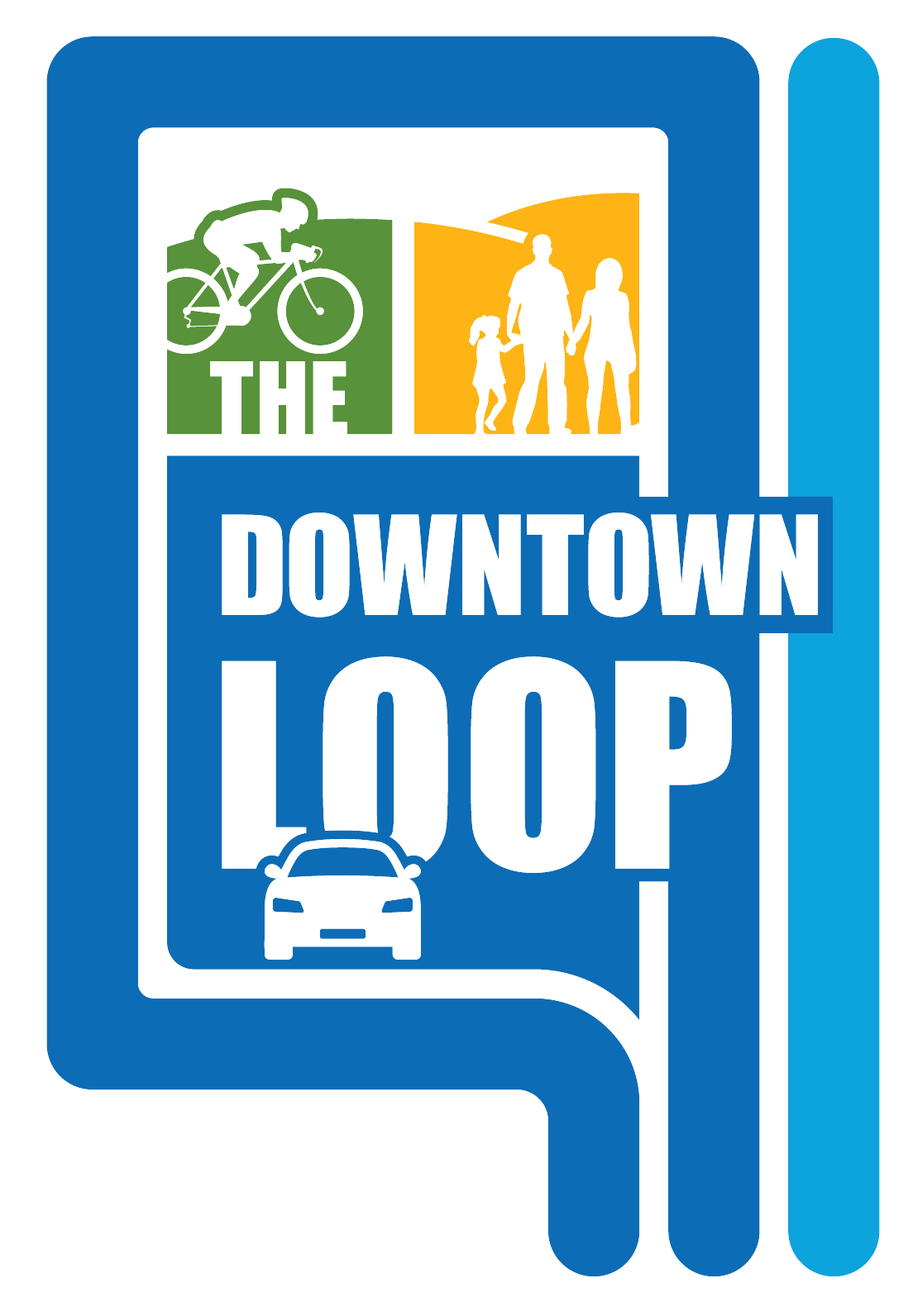Project History
2003
The City released the Creating a Civic Heart for Richland, Washington report, which captured the outcomes of a placemaking workshop hosted by the U.S. General Services Administration. The workshop brought together community members, federal agencies and local organizations to reimagine the public spaces surrounding Richland’s federal buildings and laid the foundation for transforming the area into a vibrant civic hub. Attendees discussed underutilized open spaces and enhancing John Dam Plaza through regular programming and community events.
2005
In 2005, the City released the Urban Design plan, which identified issues and opportunities in the downtown area and recommended the creation of sub-districts within the Central Business District. Suggested improvements include streetscape upgrades, stronger waterfront connections, activated public spaces and support for denser development.
Also adopted in 2005, the City’s Economic Development Action Plan further sought to guide revitalization of the Central Business District. The plan outlined strategies to strengthen Richland’s identity, attract retail and entertainment uses and explore public-private partnerships.
2010
The Swift Corridor was selected by the Richland City Council in 2010 as a focused area for redevelopment and revitalization. Building on those early efforts, the City launched the Swift Corridor and Civic Center Study to provide an action-oriented roadmap for revitalizing downtown. The Swift Corridor, identified as a critical area due to its significant amount of publicly controlled, undeveloped land, was seen as an opportunity for broader redevelopment. The study focused on leveraging public investment to stimulate private development, improve pedestrian access, landscaping and parking. The plan emphasized phased implementation grounded in community input, with engagement activities such as stakeholder interviews, public open houses and City-led tours of successful civic centers.
2017
These ongoing planning efforts culminated in the release of the Waterfront Branding and Development Vision Reference Guide, which consolidated years of community input and planning studies into a cohesive vision for Richland’s riverfront and downtown. The guide outlines branding principles, design standards, and land use concepts aimed at unifying the area’s visual identity while promoting walkability, access to the river and mixed-use development.
2018
In 2018, City Council adopted the Strategic Leadership Plan, investing in further efforts to enhance the Waterfront District, support businesses and activate central Richland. Over the past two decades, efforts have included land-use planning, partnerships and infrastructure investments, such as parking lot improvements, mixed-use development and enhancements to John Dam Plaza.
2020
Recognizing the need for pedestrian-friendly streets, the City launched the Downtown Connectivity Study in 2020 to explore improvements to George Washington Way and Jadwin Avenue. Through extensive public engagement and engineering analysis, the study identified solutions to enhance walkability, bicycle access and parking while maintaining traffic flow. In July 2020, the City Council adopted the study’s recommendations to convert sections of George Washington Way and Jadwin Avenue into one-way streets, improving safety and accessibility for all users.
2022
The City initiated early design work for the project by entering into a consultant agreement with Transpo Group USA to perform concept validation and 30% design (Resolution No. 2022-79). Shortly after, the City secured two competitive grants from the Benton-Franklin Council of Governments, $500,000 through the Transportation Alternatives Program and $1,931,620 from the Carbon Reduction Program (Resolution No. 2022-98).
2023
In 2023, the City received a $3.5 million grant from the Washington State Transportation Improvement Board to support project development (Resolution No. 2023-11). That same year, an application was submitted to the U.S. Department of Transportation’s Safe Streets and Roads for All Program. The effort paid off in December 2023 when the City was awarded $11,729,500 in construction funding (Resolution No. 2023-90).
2024
To bring the project through to full design, the City amended its agreement with Transpo Group USA to expand the scope of work (Resolution No. 2024-54). Additional support for stormwater design came via a funding agreement with the Washington State Department of Ecology (Resolution No. 2024-124). Local funds were also committed through the adoption of the 2025 budget, allowing the project to move forward with full construction funding in place. Total grant funding for construction now stands at $18,685,140 (Ordinance No. 2024-37).
2025
Most recently, the City accepted an additional $1,307,000 in National Highway System Asset Management Program funds to assist with asphalt paving (Resolution No 2025-13). The communications strategy for the project was also expanded through an amended agreement with Tripepi Smith & Associates, Inc. (Resolution No. 2025-25). Finally, Commonstreet Consulting, LLC was brought on board to manage right-of-way acquisition (Resolution No. 2025-69).



